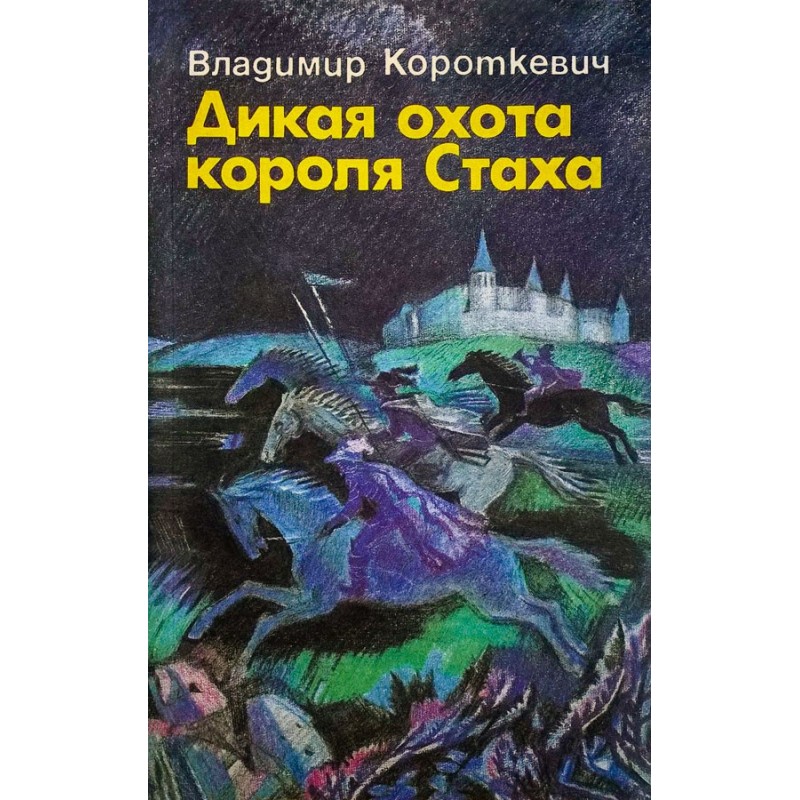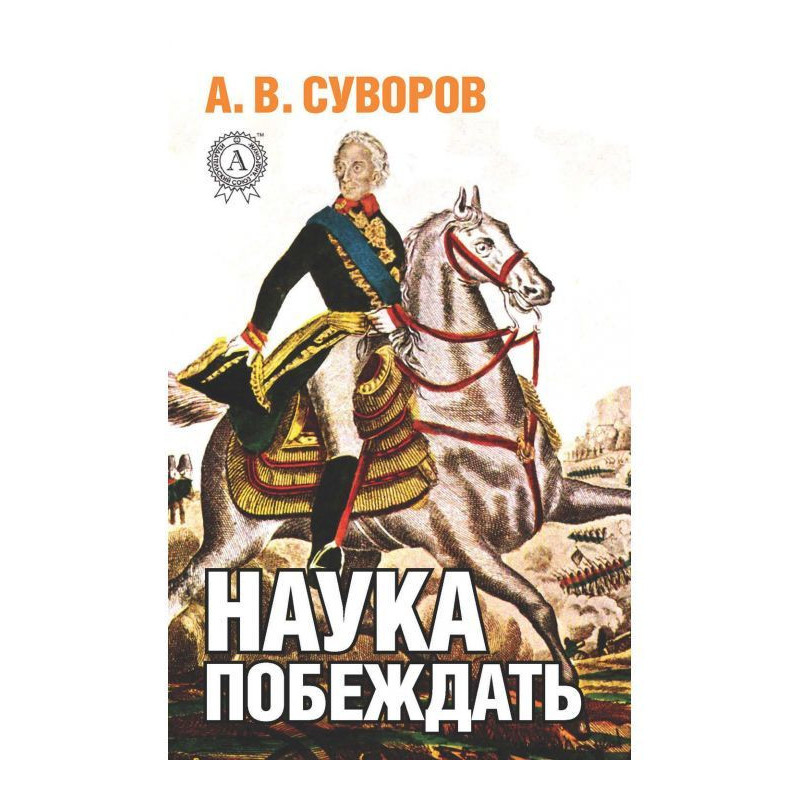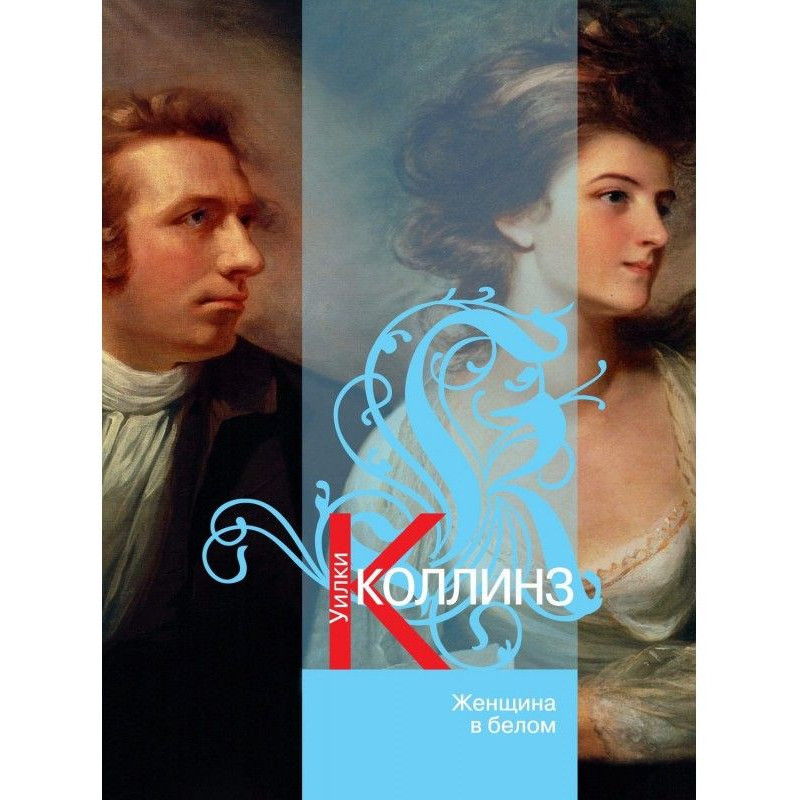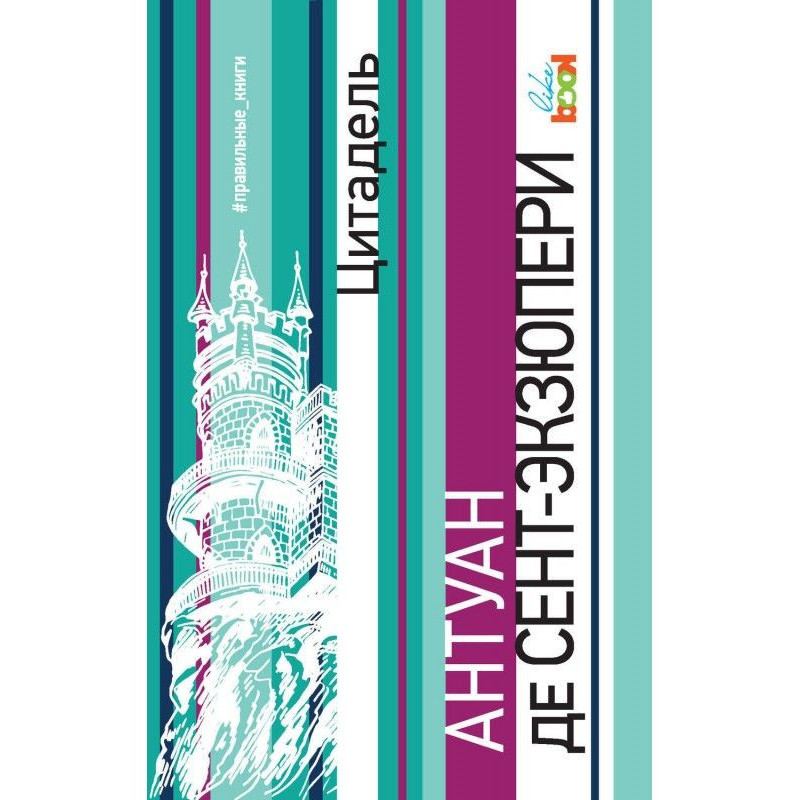Ears of corn under your sickle
 Instant download
Instant download
after payment (24/7)
 Wide range of formats
Wide range of formats
(for all gadgets)
 Full book
Full book
(including for Apple and Android)
The novel “Ears of Ears under Your Sickle” is a landmark work by Vladimir Korotkevich, a broad panorama of the life of Belarusian society in the mid-19th century, which was characterized by the development of national liberation movements throughout Europe. It was precisely such turning points in the life of society that attracted the writer, forced him to work for months in the archives, so that the historical work would be based on documents, truly show local color, and force the reader to compare his knowledge of a certain era with that depicted in the novel. The main storyline related with the main character Ales Zagorsky, intertwined with many others, in which historical characters are organically included. Ales's growing up, ups and downs in the Zagorsky and Kohut families, studies, friendship with Kastus Kalinovsky, meetings with figures of Belarusian culture, preparation of the uprising, complex relationships with Maika Raubich and much more - everything is described colorfully, using a variety of techniques for creating artistic images. The merit of the writer is seen in that he was able to show three currents of dissatisfaction with the existing state of affairs: the people's unbridled anger, embodied in the rebel Korczak, the judicious position of representatives of the old generation of nobles led by Raubich in preparing a conspiracy, and the painstaking systematic work of young intellectuals in order to bring the uprising closer. But everything is still ahead - the novel ends only with the abolition of serfdom. And the disunity of the three named movements seems to be one of the reasons for the defeat of the uprising of 1863-1864. Vladimir Korotkevich’s interest in the events of the mid-19th century was also dictated by the fact that one of his maternal ancestors participated in the uprising and was shot in Rogachev. For many reasons, the novel was not completed, since it was still planned to show the events of the uprising. However, apparently, the writer became so close to his heroes that, following the historical truth, he could not lead them to the gallows, send them into exile or forced emigration. Published in the Belarusian language in 1968, the novel has now become a textbook work, beloved by several generations of grateful readers. The translation of the novel is based on the new Collected Works of Vladimir Korotkevich. Fragments that were excluded in lifetime editions have been returned to the text, so that the work is perceived in some way in a new way. In any case, reading this novel is by no means an easy stroll through the pages for the sake of leisure, but complex intellectual work and co-reflection with the author. It seems that in many cases, thanks to his talent, he makes the reader his like-minded person.
Petr Zholnerovich
Data sheet
- Name of the Author
- Владимир Короткевич Семёнович
- Language
- Russian
- Translator
- Петр Петрович Жолнерович
Reviews
Вражаючий роман про боротьбу та надію
Роман «Колосся під твоїм серпом» Володимира Короткевича — це не просто історія, а справжня епопея, що занурює читача в атмосферу середини XIX століття, коли національно-визвольні рухи охоплювали Європу. Автор майстерно поєднує реальні історичні події з вигаданими персонажами, створюючи глибокий і багатошаровий сюжет. Головний герой Алесь Загорський стає символом боротьби за свободу, а його взаємини з іншими персонажами, такими як Кастусь Калиновський та Майка Раубіч, додають емоційної глибини та складності. Короткевич вражає своєю здатністю передати колорит епохи, використовуючи деталі, які роблять історію живою та переконливою. Читання цього роману — це не просто розвага, а справжня інтелектуальна подорож, що спонукає до роздумів про історію, культуру та ідентичність білоруського народу. Я рекомендую цю книгу всім, хто цікавиться історією та літературою, адже вона залишає незабутнє враження і змушує задуматися про важливість боротьби за свободу.























